This article was written with the assistance of Susan Kerr. She is the manager of the Firearms Unit and Latent Prints at the Dallas Police Department.
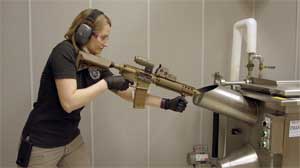 Firearms have been widely used throughout our history. However, the practice of their identification is still a growing profession. Since the rise of crime films and tv shows that put the spotlight on many disciplines within forensics, firearms examination continues to fascinate people. This seemingly new science of firearms identification has become an exciting and popular career aspiration, making many wonder what goes into becoming a firearms examiner.
Firearms have been widely used throughout our history. However, the practice of their identification is still a growing profession. Since the rise of crime films and tv shows that put the spotlight on many disciplines within forensics, firearms examination continues to fascinate people. This seemingly new science of firearms identification has become an exciting and popular career aspiration, making many wonder what goes into becoming a firearms examiner.
There are many different careers in law enforcement and the position of a firearm examiner exists within many larger law enforcement agencies. In addition to conducting forensic examinations, these professionals photograph firearms and other firearms-related evidence, test-fire, and file investigative reports upon the examinations they perform. They perform standard ballistics tests, chemical tests for forensic analysis, and apply modern theories and methods of firearms classification and identification.
 Since the beginning of this profession, there have been upgrades in the technology used for the examination. The microscopes, the optics, and the lighting have evolved. Three-dimensional imaging has been achieved in National Integrated Ballistic Information (NIBIN) systems. The technology has progressed, helping professionals to find much better matches. While the job itself may not have changed much, the technology used for the job as improved.
Since the beginning of this profession, there have been upgrades in the technology used for the examination. The microscopes, the optics, and the lighting have evolved. Three-dimensional imaging has been achieved in National Integrated Ballistic Information (NIBIN) systems. The technology has progressed, helping professionals to find much better matches. While the job itself may not have changed much, the technology used for the job as improved.
What is a (Forensic) Firearms Examiner
Unlike other law enforcement jobs, firearms examination is a specialized field of forensic science. When someone is looking at police department hiring, or the law enforcement jobs near me, the job of firearms examine is very specialized. The firearms examiner helps the investigators and detectives with important evidence in terms of how a gun crime is committed and the kind of weapon used. A firearms examiner is also known to be a forensic scientist who examines firearms, ammunition components such as cartridge cases, fired cartridge cases, fired bullets, depending on the evidence that is submitted from the crime scene. Any type of firearms evidence can be analyzed and microscopically compared.
They also examine firearms, test-fire firearms, and compare those test fires to the evidence found at the crime scene. Firearms examiners play a role in determining two important things. First, they determine how many guns may have been used in a crime. Second, they determine what had been fired from a specific firearm, which could be a bullet, a fired bullet or a fired cartridge case.
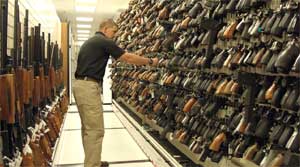
Firearms-Related Cases
The reason firearms examination is quite challenging and exciting is that the range of evidence in firearms-related cases can either be – as minute as a piece of a bullet fragment with rifling marks or as big as several hundreds of bullets, cartridge cases and multiple firearms. There’s a lot of crimes resulting from criminal mischief, drive-bys, deadly conducts, murders, aggravated robberies, and assault where firearms are used.
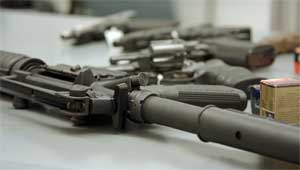
A well-trained firearms examiner then performs a careful evaluation and comparison of the evidence that’s collected. The analysis starts with separating all the different calibers first. These calibers are based on size. For example, the 40 caliber is 0.40 inches in diameter. These are then examined under a stereo microscope. A stereo microscope is used to determine the basic characteristics of the bullet fragments, fired bullets and cartridge cases. Other pieces of evidence to determine are the primer of the fired cartridge case, which shows the firing pin impression and breach face marks that are left from the gun that it was fired in. The measuring devices used to weigh and measure bullet evidence include calipers and balances.
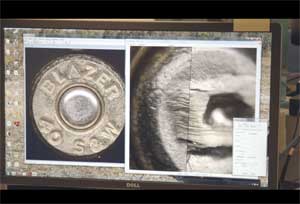
Once the number of guns is determined, the examiner starts documenting them. A lot of documentation is involved in this job. The documentation is then entered into the agency’s NIBIN database. After the NIBIN database is set up, the evidence can be entered pretty much the same day that the offense takes place. If an agency works with the ATF, all of those images that are taken from the database are sent to the ATF correlation center. ATF correlation center will search the database to see if there are any other offenses or any other fire cartridge cases that match the same description. If they are able to find another fired cartridge case in the system from another offense that has similar markings, they’ll call that a NIBIN lead. This determines if the same gun had been used in a number of different offenses, ultimately helping them in their investigations.
Where Do Firearms Examiners Work
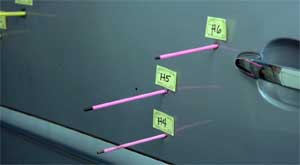
Example of a Firearms Case
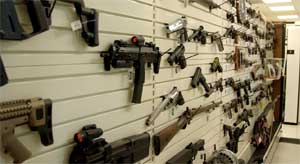
How Do AFIS and NIBIN Systems Work
The prints are put into the Automated Fingerprint Identification System (AFIS), and the system searches for a particular person. The National Integrated Ballistic Information (NIBIN) searches for another similar fired cartridge case that was entered into the system before. Be it a test fire from a gun, or another fired cartridge case from another offense. It is a very likely match.
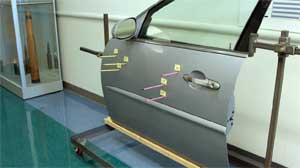
There is also a professional association of the firearm examiners which includes members from all over the world. It’s called The Association for Firearm and Tool Mark Examiners (AFTE). The association conducts an educational conference once a year in the United States. Firearms examiners throughout the world can join the conference and learn about its discipline and have access to information that helps their agencies. Susan Kerr has been attending it since 1996. “What’s funny is that, for almost 25 years, we’ve been seeing the same people,” She says while talking about how people stay in this career for quite a long period of time.
How to become a Forensic Firearms Examiner
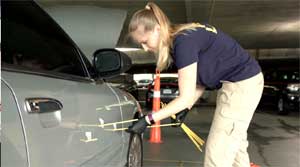
It also helps people to have a mechanical background because the firearm examiner is dealing with guns which are basically like a small machine. A lot of times when you get a gun and it’s not functioning, it’s important to figure out the reason behind it. Having the ability to either take it apart and put it back together again helps a great deal. The position of a firearms examiner also includes a lot of documentation work. It requires a candidate to possess very good attention to detail. The examination requires looking at very fine detail, microscopically. All the data gathered needs to be 100% accurate. Other requirements include no prior felony convictions, a clean drug screen and a clean background investigation. The examiners undergo a thorough background investigation, given the sensitive environment they will start to work in. This is why it’s important to avoid anything that might reduce the possibility of getting hired. It’s not the best job for people who are afraid of guns.
How to get Experience
Like other jobs in law enforcement these are the minimum requirements needed to become a firearms examiner. However, simply meeting the requirements doesn’t guarantee the job. Gaining some experience and education before taking a first real job can help a great deal. This can be done through internships and volunteering opportunities with law enforcement agencies or forensic labs. Firearms examiners receive training, both classroom and practical. The training covers the areas including different types of weapons and ammunition, detection of gunshot residue, bullet comparison, distance determination, evidence handling processes, and firearms examination. The majority of this training is received during the trainee phase. Unlike going into other law enforcement jobs, there likely will not be a law enforcement exam or police oral interview questions as there would be for other police hiring. However, there will still be a police background, including police polygraph questions.
Career Advice for becoming a Firearms Examiner
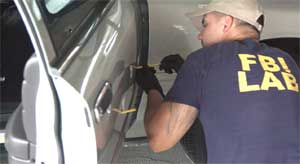
Susan Kerr herself started her career with crime scene. She suggests that it helps you get acquainted with the collection of the evidence, the photography of the evidence, and the sketching of the scene. It’s the best way to learn about the basics and explore the starting point of what goes into being a firearms officer. She always tells people to try to get into a crime scene unit. This is because a lot of agencies hire people that have crime scene experience along with a science degree. If you get into a crime scene agency, you can also start talking to the people that work there, show some interest and start doing some volunteer work. The job of firearms examiner is different from other police department jobs, and the requirements will be different from police officer requirements, what will disqualify you from being a police officer will apply to most if not all law enforcement careers.

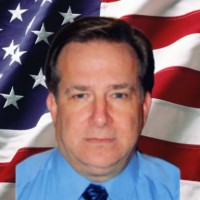 Joseph Libowsky,
Joseph Libowsky,